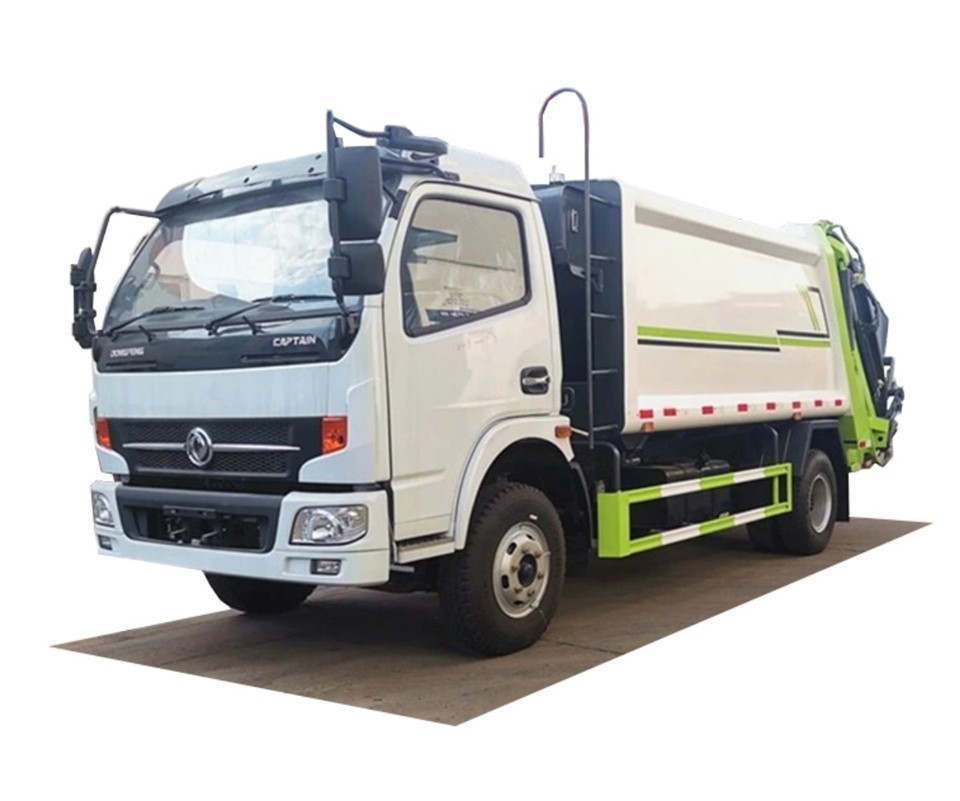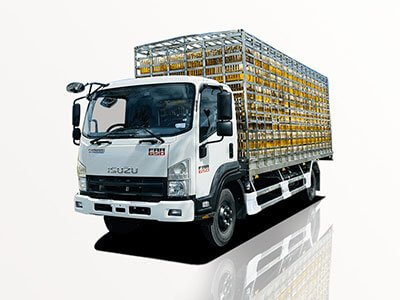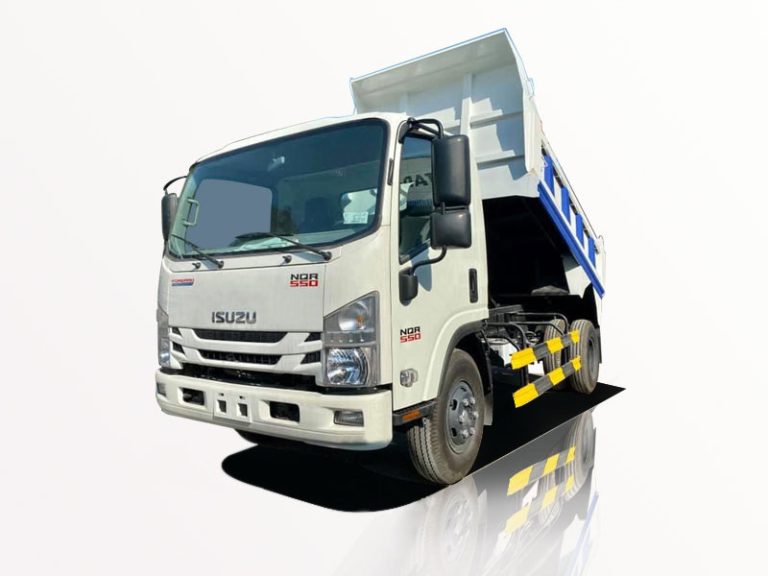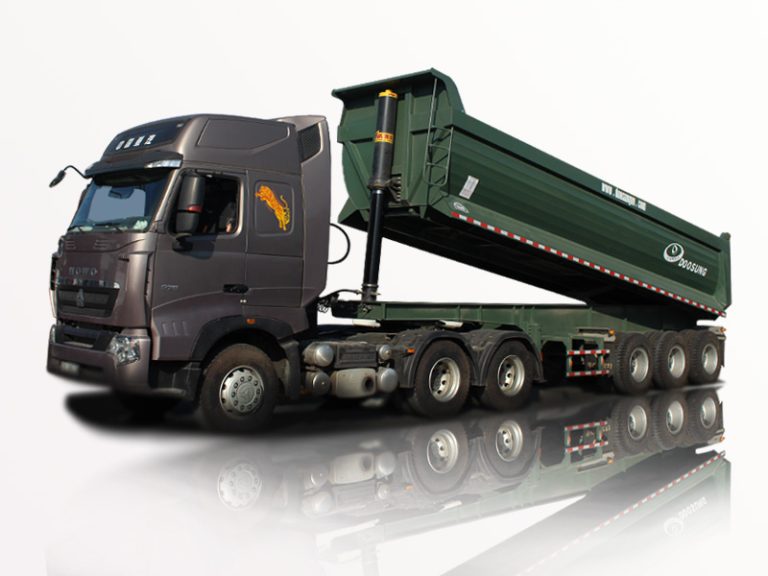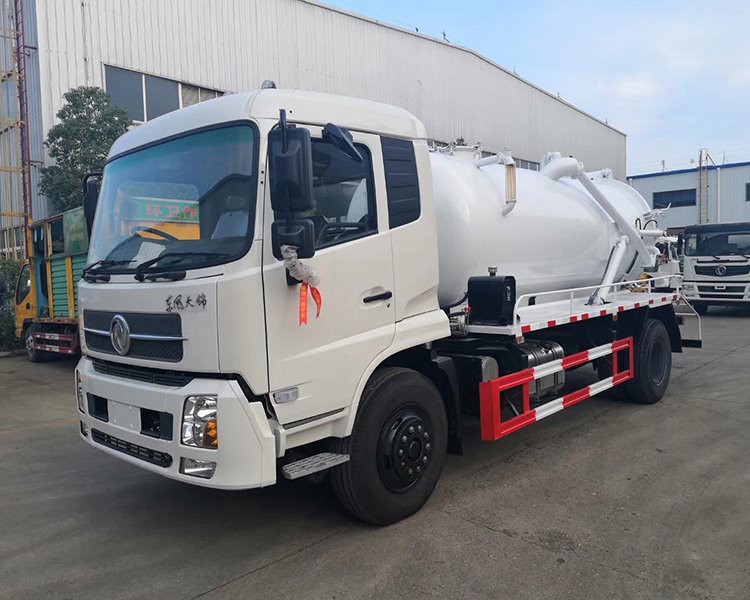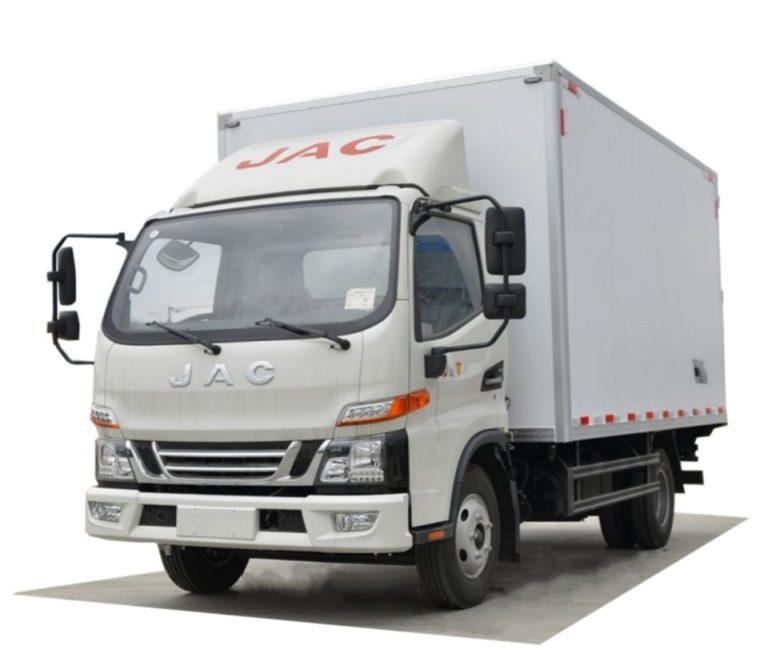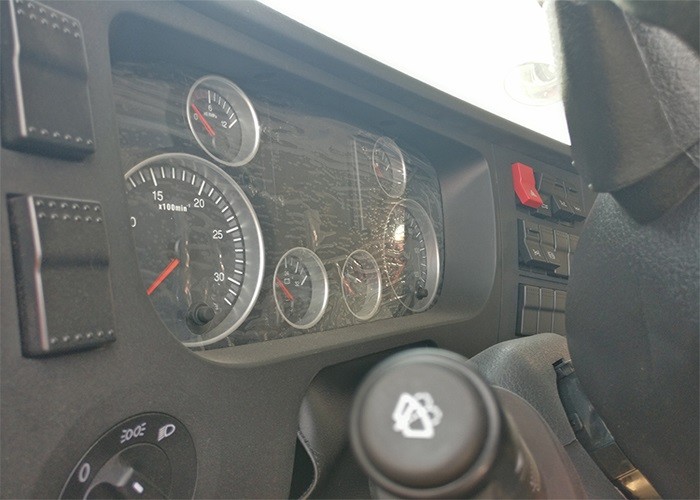Understanding the world of vehicles can be a daunting task, especially when it comes to differentiating between personal and commercial vehicles. In this article, we will delve into the meaning of commercial vehicles, their types, regulations, and practical examples to help you grasp the concept fully. Whether you’re a business owner, transport professional, or simply curious, this guide aims to provide you with all the information you need.
What Is a Commercial Vehicle?
A commercial vehicle is defined as any type of motor vehicle used for the transportation of goods or passengers for commercial purposes. Unlike personal vehicles, which are used primarily for private purposes, commercial vehicles are intended for business-related activities. This broad category includes trucks, vans, buses, and taxis, among others.
The Importance of Commercial Vehicles
Commercial vehicles play a crucial role in the economy by facilitating the transportation of goods and services. They are the backbone of industries such as logistics, construction, and public transportation, enabling businesses to operate efficiently. Understanding their definition and uses is essential for anyone involved in these industries.
Types of Commercial Vehicles
Commercial vehicles can be classified into several categories based on their size, purpose, and design. Here are some of the most common types:
1. Light Commercial Vehicles
Light commercial vehicles (LCVs) are typically used for transporting goods and passengers and have a gross vehicle weight rating (GVWR) of 3.5 tons or less. Common examples include:
- Vans
- Pickups
- Mini buses
2. Heavy Commercial Vehicles
Heavy commercial vehicles (HCVs) are designed to transport larger quantities of goods and generally have a GVWR exceeding 3.5 tons. Examples include:
- Trucks
- Trailers
- Tankers
3. Buses
Buses are a significant category of commercial vehicles, used primarily for public transportation. They can vary in size and capacity, from small shuttle buses to large city buses capable of accommodating dozens of passengers.
4. Taxis and Rideshare Vehicles
Taxis and rideshare services, such as Uber and Lyft, fall under the category of commercial vehicles as they transport passengers for a fee. These vehicles must meet specific regulations to ensure safety and compliance.
Regulations Surrounding Commercial Vehicles
Commercial vehicles are subject to various regulations that govern their use, safety standards, and operational requirements. Here are some key regulations:
1. Licensing Requirements
Driving a commercial vehicle generally requires a commercial driver’s license (CDL), which ensures that operators are trained to handle larger, more complex vehicles. Licensing requirements can vary based on the type of vehicle and the state regulations.
2. Vehicle Inspections and Maintenance
Regular inspections and maintenance are mandatory for commercial vehicles to ensure they meet the safety standards set by the Department of Transportation (DOT). Inspections typically cover the following:
- Brakes
- Tires
- Lights
- Body condition
3. Weights and Dimensions
There are specific weight and dimensions regulations that commercial vehicles must adhere to. Overweight or oversized vehicles can incur fines and may require special permits for transportation.
Benefits of Using Commercial Vehicles
There are several reasons why businesses invest in commercial vehicles:
1. Efficiency
Commercial vehicles are designed for specific tasks, making them more efficient for transporting goods or passengers compared to personal vehicles.
2. Branding Opportunities
Businesses can use commercial vehicles as mobile advertisements by branding them with company logos and information, which can enhance visibility and recognition.
3. Cost Savings
Utilizing commercial vehicles can lead to cost savings in various areas, including fuel efficiency and maintenance, compared to using smaller personal vehicles for business purposes.
Practical Examples of Commercial Vehicles in Use
1. Delivery Trucks
Companies like FedEx and UPS utilize delivery trucks to transport packages efficiently. These vehicles often come equipped with features such as GPS tracking and optimized loading space to improve delivery times.
2. Construction Vehicles
In the construction industry, vehicles such as dump trucks and cement mixers are essential for transporting heavy materials to construction sites, demonstrating how commercial vehicles support various sectors.
3. Public Transit Buses
Buses operated by city transit authorities serve to transport daily commuters, underscoring the importance of commercial vehicles in public transportation systems.
Challenges Facing Commercial Vehicle Operators
While commercial vehicles are essential for business operations, they also come with challenges:
1. Regulatory Compliance
Staying compliant with federal and state regulations can be complex, requiring businesses to stay informed of changes in laws and standards.
2. Maintenance Costs
Regular maintenance can become costly, particularly for fleets of heavy vehicles. Planning for maintenance schedules and budgeting adequately is crucial for long-term effectiveness.
3. Driver Shortage
Many industries are facing a shortage of qualified drivers, particularly for long-haul trucking, potentially disrupting supply chains and increasing operational costs.
Tips for Choosing the Right Commercial Vehicle
When selecting a commercial vehicle for your business, consider the following tips:
1. Assess Your Needs
Evaluate the specific requirements of your business, including the type of goods or services you need to transport. This assessment will help you determine the right size and type of vehicle.
2. Budget Wisely
Factor in not only the purchase price but also ongoing costs such as fuel, insurance, and maintenance when assessing your budget for a commercial vehicle.
3. Consider the Environment
With growing concerns over environmental impact, consider investing in fuel-efficient or alternative-energy vehicles to enhance sustainability.
4. Compare Financing Options
Various financing options are available for purchasing commercial vehicles, including loans, leases, or even purchasing used vehicles. Compare these options to find the best fit for your business.
FAQ Section
1. What qualifies as a commercial vehicle?
A commercial vehicle is typically any vehicle used for transporting goods or passengers for a business purpose, including trucks, buses, and taxis.
2. Do commercial vehicles require special insurance?
Yes, commercial vehicles often require specific commercial vehicle insurance policies that cover liability, property damage, and any unique risks associated with business use.
3. Are there different licensing requirements for commercial vehicle drivers?
Yes, drivers of commercial vehicles usually need a commercial driver’s license (CDL), which requires passing specific tests to ensure proper handling skills.
4. How often do commercial vehicles need maintenance?
Maintenance schedules can vary based on the vehicle type and usage, but it is generally recommended to perform inspections every 5,000 to 10,000 miles or every six months.
5. What is the difference between light and heavy commercial vehicles?
Light commercial vehicles typically have a GVWR of 3.5 tons or less and are often used for smaller deliveries, while heavy commercial vehicles have a GVWR exceeding 3.5 tons, used for larger loads.
6. How can I improve the efficiency of my commercial vehicle fleet?
Improving efficiency can be achieved through regular maintenance, investing in fuel-efficient vehicles, employing route optimization technologies, and training drivers on safe driving practices.
